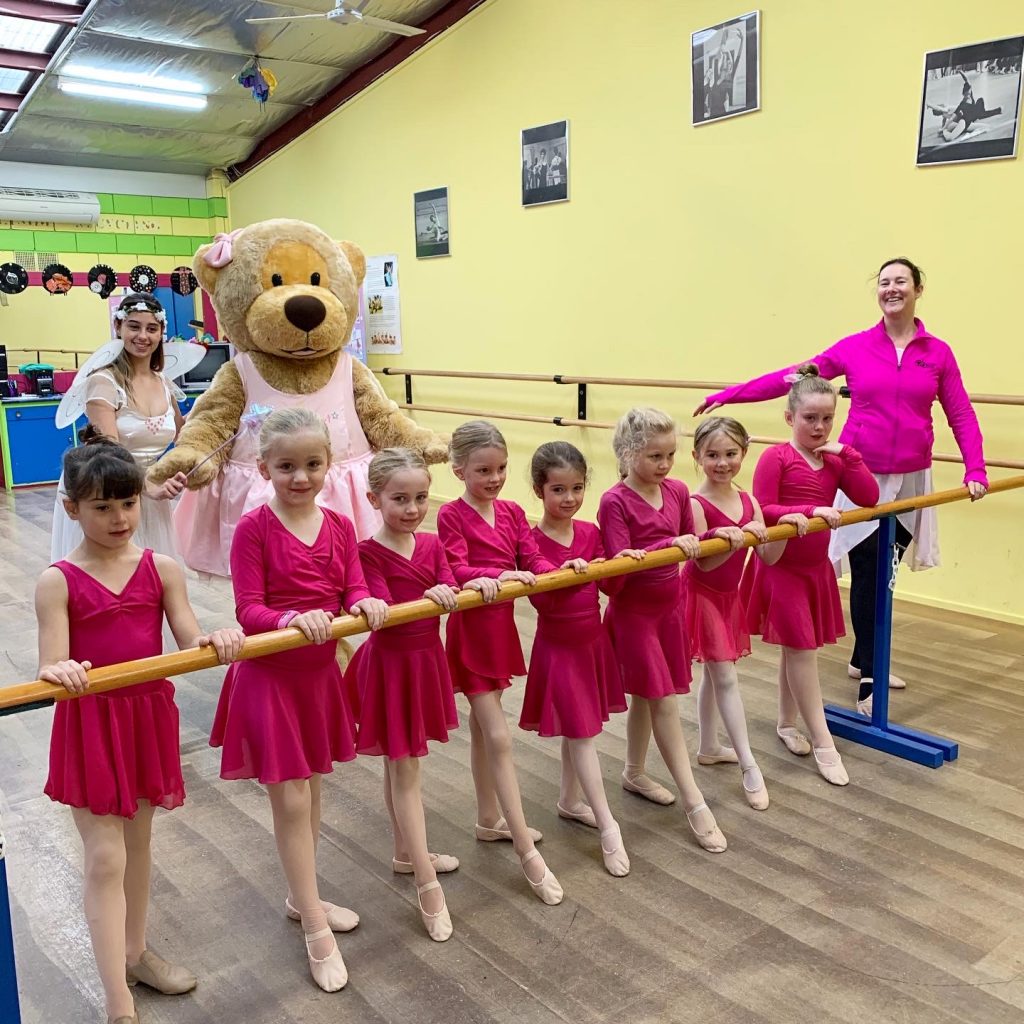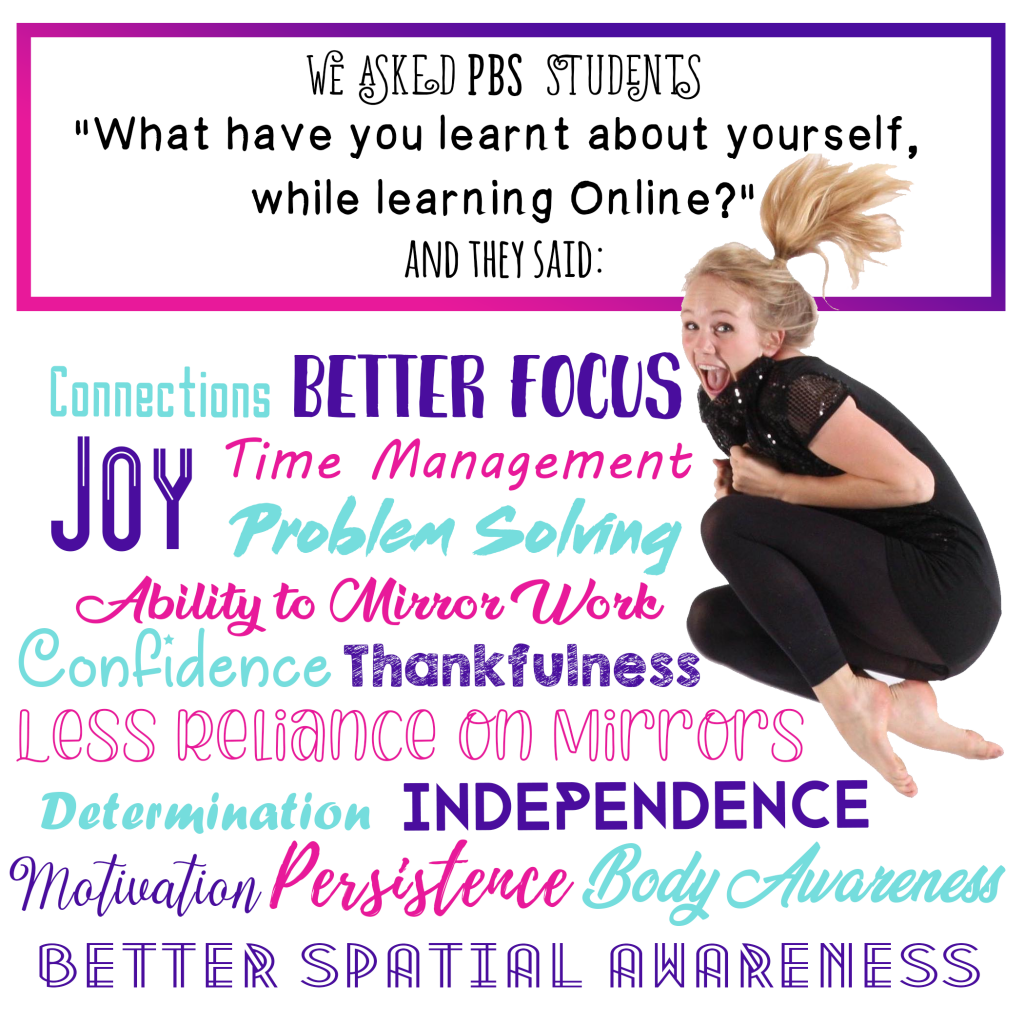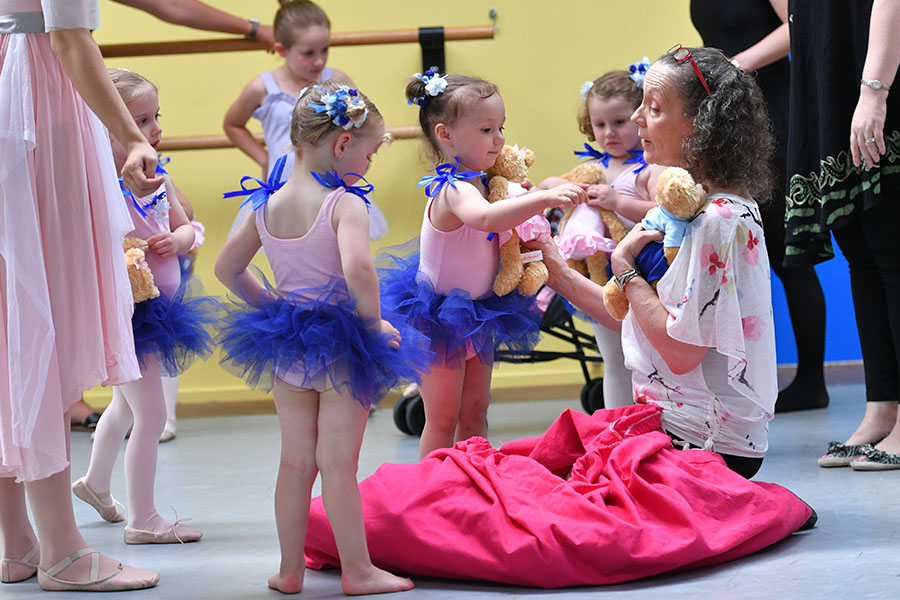There are many different styles of dance out there, but amongst some of the most popular are ballet, contemporary, jazz, tap, hip hop and ballroom. These styles of dance require different types of clothing and costumes, all of which are suited to the types of movements undertaken.
The different styles of dancewear often reflect cultural tradition and nearly all require different types of shoes. If you’re new to dance, the following will give you an idea of what you or your child should wear to these different types of dance classes.
Ballet
Ballet is a classical style of dance that has been popular for centuries. This art form is claimed to be the core style of all dance. It is a progressive road that starts a young child in flat shoes, soft skin coloured tights and a leotard. Some schools ask children to wear a short chiffon skirt. Boys usually wear a white t-shirt and black shorts or tights to their ballet lessons and either black or white shoes.
While the ideal image of a ballerina always includes pointe shoes, they aren’t safe for very young growing feet and bodies. Dancers don’t usually start wearing these until they are a lot older and only for short time in class, to begin with. It takes several years and hours each week to develop the strength and technical requirements for Pointe Work to be safely commenced and should always be under the guidance of qualified knowledgeable teachers. A good school may also send you off for a full Pointe Work Assessment with a dance Physiotherapist just to make sure you are ready to commence dancing on Pointe.
Generally, a dance school will set standards for the colour of leotard and skirt which are to be worn. In the colder a months, a long-sleeved leotard or a woollen crossover in the appropriate colour can be purchased. Hair should be pulled back, preferably into a bun, with no parts loose.
Along with pointe shoes, many children dream of wearing tutus. Generally, these are reserved for performances.
Adult dancers learning ballet might feel more comfortable in activewear if they are not confident wearing a leotard. This is perfectly acceptable as long as the clothing is tight, to ensure proper form and proper instruction by the teacher.
Contemporary dance
Contemporary dance is a style of expressive dance that often strives to connect the mind and body through movements and can be danced to many different styles of music..
Students enjoy the opportunity to develop self-expression as well as exploring a wide variety of dance dynamics and new movements in their Contemporary dance classes.
When you learn Contemporary dance, your teacher still needs to be able to see what your body is doing so they usually ask students to wear a leotard with footless tights and bare feet and hair tied off the face in a pony tail..
Jazz
Jazz dance is funky and is influenced by many styles such as African dance, modern ballet, tap and hip hop.
Jazz incorporates special soled shoes for optimal movement and traction. Some jazz lessons ask for sneaker-style shoes, while others request a more simple, ballet-style jazz shoe.
As it is a high energy style, the requirements of jazz usually require hair pinned back in a ponytail. Generally, young students wear a leotard and some tight shorts and tights.
It can be fun to shop for jazz wear. Look for good quality fabrics that are breathable and have strong elastic.
Tap
In these classes student’s coordination and musicality is developed in progressive steps. The music used can be a mixture of traditional tap music alongside more modern approaches as well as that used in musical theatre. Musical awareness, timing and building on their sense of rhythm using a tap shoe which has metal plates on the toe and heel is used to strike the floor as a form of percussion.
It is also a high energy style and the requirements of tap usually require the hair pinned back in a ponytail. Generally students wear a leotard, tights and a skirt or some tight shorts and tights with their tap shoes..
Musical Theatre
In these classes student’s combine song, spoken dialogue, acting and dance and follow the story and emotional content from a musical.
Generally, a dance school will set standards for the uniform requirements to be worn in these classes, as it may depend upon the style of the musical being covered.
Hip Hop
Hip Hop is a raw style that is colourful and intense. In some schools the class wear required could be qualified as ‘street clothing’, in others they would wear the same as they do in their Jazz classes.
Ballroom dance
Last but not least, ballroom dancing is quite unique. Different styles of ballroom dance can culturally require different dance costumes. Typically, women wear a small heel to fit with custom and allow for quick, sharp movements.
When you learn ballroom dancing, your teacher needs to be able to see what your body is doing so they may ask girls to wear activewear tights instead of a skirt, or they may ask students to wear a leotard and a flowing practice skirt.
Before you or your child take up any style, have a chat to the teacher about the uniform, what is appropriate and what is unacceptable. You may be able to wear your street clothes during your first trial but committing to lessons will require some kind of special attire.





